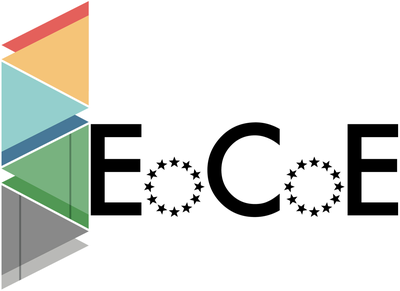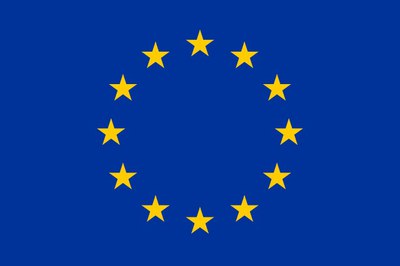
Duration
October 2015 to June 2022
Contact

Prof. Dr. Paul Gibbon
Head of division HPC in Applied Sciences and Engineering PI in Helmholtz Information Program 1, Topic 1
Building 14.14 / Room 4015
+49 2461/61-1499
E-MailEoCoE
Energy oriented Centre of Excellence
The EoCoE-II project is one of ten Centeres of Excellence in supercomputing funded by the European Commission. It builds upon the results of the predecessor project EoCoE.
In this second project EoCoE will channel its efforts into 5 scientific Exascale challenges in the low-carbon sectors of Energy Meteorology, Materials, Water, Wind and Fusion. This multidisciplinary effort will harness innovations in computer science and mathematical algorithms within a tightly integrated co-design approach to overcome performance bottlenecks and to anticipate future HPC hardware developments.
At the crossroads of the energy and digital revolutions, EoCoE will develop and apply cutting-edge computational methods in its mission to accelerate the transition to the production, storage and management of clean, decarbonized energy. EoCoE is anchored in the High Performance Computing (HPC) community and targets research institutes, key commercial players and SMEs who develop and enable energy-relevant numerical models to be run on exascale supercomputers, demonstrating their benefits for low-carbon energy technology. The present project will draw on a successful proof-of-principle phase of EoCoE-I, where a large set of diverse computer applications from four such energy domains achieved significant efficiency gains thanks to its multidisciplinary expertise in applied mathematics and supercomputing.
EoCoE is built upon a world-class consortium of 22 complementary partners from 7 countries from a unique network of expertise in energy science, scientific computing and HPC, including 3 leading European supercomputing centers. New modelling capabilities in selected energy sectors will be created at unprecedented scale, demonstrating the potential benefits to the energy industry, such as accelerated design of storage devices, high-resolution probabilistic wind and solar forecasting for the power grid and quantitative understanding of plasma core-edge interactions in ITER-scale tokamaks. These flagship applications will provide a high-visibility platform for high-performance computational energy science, cross-fertilized through close working connections to the EERA and EUROfusion consortia.
Together with other FZJ institutes (IEK-8, IBG-3, IEK-5) and the E.ON Energy Research Centre of RWTH Aachen, Juelich will play a major part in the EoCoE-II project: JSC leads two workpackages on the scientific challenges and parallel I/O respectively, and an ‘Exascale co-design’ group tasked with monitoring the progress of flagship applications.

